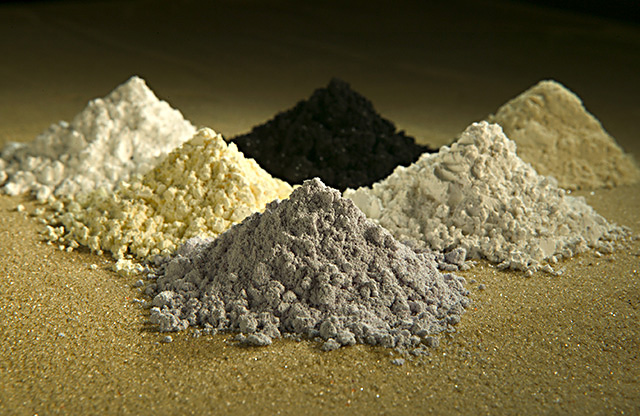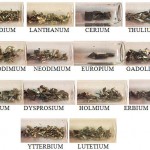
Rare earths highlight strategic importance of U.S. industrial base
In a time of historic political clashes and a fight over spending hundreds of billions of dollars on the nation’s military, it is easy to miss the little things.
Yet the U.S. is at a point when the details matter more and more.
A great example is the risk run by the Defense Department when it comes to the future of the defense industrial base and, in particular, the sourcing of so-called rare-earths metals.
As retired Army Brigadier General John Adams (who is also an ASP Consensus member) and Scott Paul, president of the Alliance for American Manufacturing, point out in a Politico op-ed everything from night-vision gear used by elite U.S. forces to antitank missile propellant depends on a ready supply of materials such as lanthanum. China, in many important cases, dominates the supply of such scarce elements. See the op-ed in Politico.
The supply of these critical but hard-to-get ingredients creates a major strategic vulnerability.
It is also highlights a larger issue of what the role of America’s manufacturing capabilities should be in supply and equipping the U.S. military. See the American Security Project paper “Perspective – The Defense Industrial Base.”
Globalization has upended U.S. manufacturing — with lasting ramifications. It is important to find new ways to preserve domestic capabilities while not cutting off increasingly important aerospace and defense export markets. Lawmakers, the defense industry and the military also must be mindful of the health of the industrial base because it is important to balance affordability with even higher demand for excellence in design, manufacturing and program management.
Doing this strategically means minding the details without losing sight of the big stakes at play.
Check out ASP’s White Paper on American Competitiveness that discusses these issues further:
Also check out our fact sheet on Rare Earth Metals –
Fact Sheet Rare Earth Metals FINAL by The American Security Project








